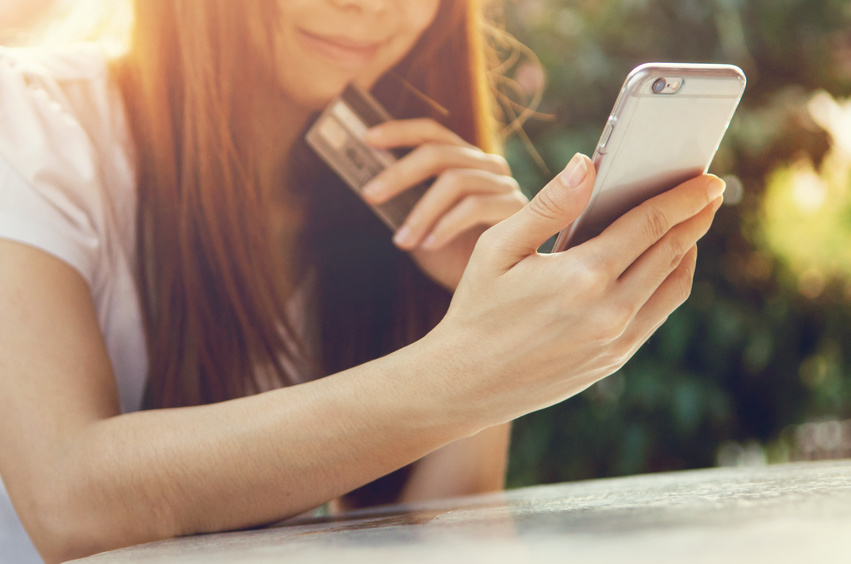Do you remember the good ol’ days of shopping with a credit card? Those days when it took a long time to check out, and the clerk had to verify your signature and check your driver’s license. This does not happen much anymore; in fact, at some retailers, if you have previously used your card they do not ask for your identification at all. This seems scary, and while it can help the consumer, it is a big help to data thieves.
There is a growing concern among merchants and consumers to improve credit card authenticity, but the extra steps they seem to be taking are hardly airtight measures for reliably verifying consumer identity. While it can be aggravating to ask for a CCV number on the back of the card, it could possibly help prevent theft. Some retailers are already taking this approach, which is great, but a perceptive hacker could easily bypass the number. If the Target data breach has taught us anything, it is that data thieves are smarter than ever.
The Target data breach gained massive attention because of the number of consumers it affected. However, every day there are smaller data thefts that are not broadcast on the news. Card companies Mastercard and Visa have decided that it is better to focus on the card owner or presenter, not necessarily the signature on the back of the card. The original idea behind signature verification was to authenticate the cardholder, but that practice has gone by the wayside. Today, cardholders are not being verified; and in practice neither are the cards. We need a better system that allows us to return to reliable cardholder authentication, and payments via mobile device offer the best combination of technology, form factor, and behavioral familiarity to make that security goal a daily operational reality. The next step is to enable easier mobile payments for smartphones. The smartphone has already established itself as the single and central command center for all our essential technologies, serving as our primary communication device, our mobile Internet, our on-the-go multimedia center, our camera, our video recorder, our radio, our GPS unit, and more. The list goes on and surprisingly expands with each groundbreaking innovation. Payments would be made in the cloud and account holders authenticated via mobile devices eliminate this easily exploitable middle step, making mobile payment transactions inherently more secure.
When this is enacted, it should be easier (and perhaps safer) than ever to make mobile payments. Data breaches happen frequently, but new technology, it should make our information safer. By using smartphones as mobile payment tools, card companies are not only using their security but the smartphone’s security, as well.
For Mobile Payment Processing Contact us Today at 818-621-4893.


